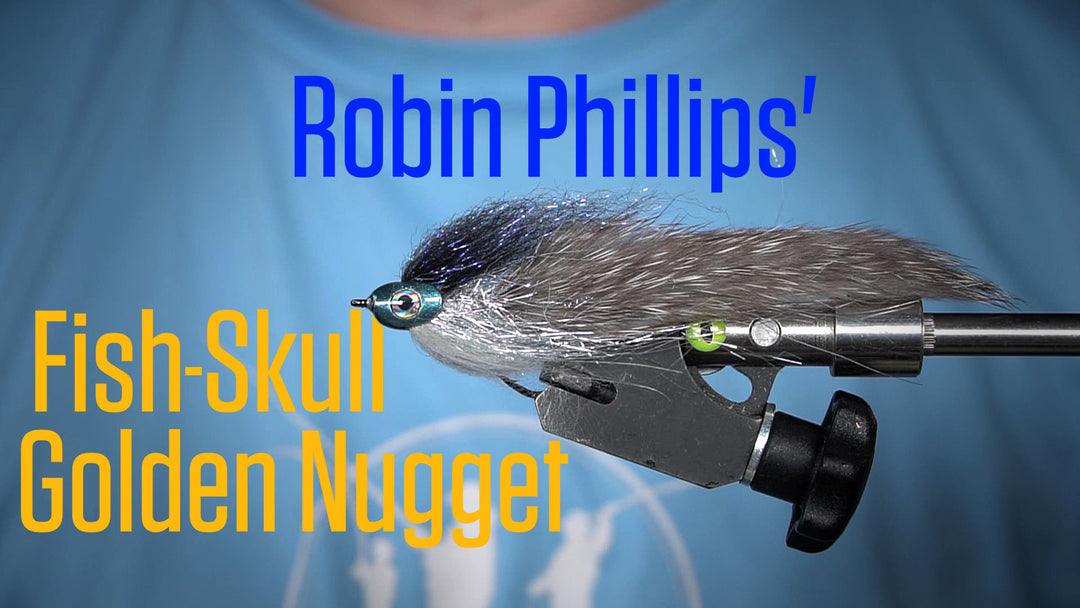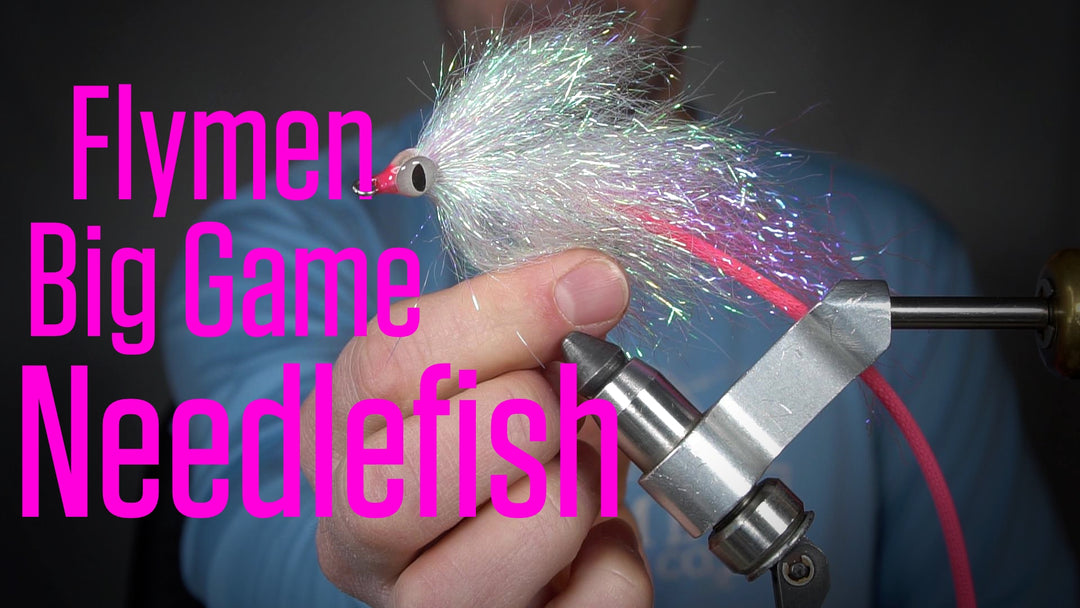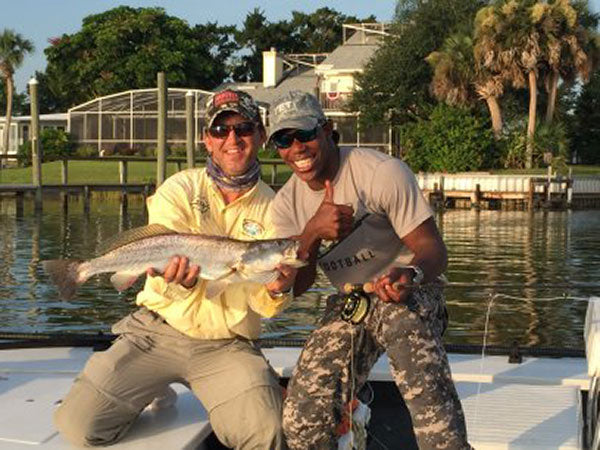Flymen Blog



The Golden Nugget Is a Modern Medium-Size Baitfish Imitation
The Golden Nugget is easy to tie and highly effective on the water! Using the Fish-Skull Baitfish Head to help with swimming action, profile, and depth, this versatile streamer fly pattern can be fished for most freshwater and saltwater applications.
You can find Robin Phillips on Instagram: @robin.phillips.flies
Fly Recipe
- Hook: Kona Universal Strong Streamer (USS) hook, size #2
- Tail: Rabbit Strip
- Underbody: Ice Wing Fiber
- Wing/Body: Laser Dub
- Body/Belly: Fly Fish Food Bruiser Blend
- Head: Fish-Skull Baitfish Head, small-medium
- Eyes: Fish-Skull Living Eyes, 4 mm

The Flymen Big Game Needlefish Puts a Next-Generation Spin on a Staple Barracuda Fly
This fly will move Barracuda in Belize, Pike in Canada, and sizing it up or down it will catch musky, smallmouth, and trout in your local fishery as well.
Fish-Skull Body Tubing creates the elongated body of a Needlefish, and a Big Game Articulated Shank adds extra swimming action to attract your target species. Super fun tie!

This Often Overlooked Species Just Might Be the Challenge You've Been Seeking
Fly fishing in saltwater flats usually conjures up images of tarpon, bonefish, snook and permit; the "big four" so to speak in this realm of mangroves, grasses and sand. Then there are redfish and black drum. These two species are much more widespread and available, making them a viable target from Texas to the Carolinas. Again, these two fish are very popular among fly anglers and considered high on the list of angling achievements.
However, there is yet another species of the drum family that I consider even higher on the list than redfish and black: the spotted seatrout (cynoscion nebulosus). The spotted seatrout is perhaps one of the first fish that novice saltwater fly anglers target. The smaller versions of these fish are voracious feeders, attacking anything that gets near them, making them perfect for novice anglers.
Spotted seatrout are readily found from Maryland to Texas, in large groups, and it is not unusual once a single small trout is caught, to catch a dozen or more in the same area. Perhaps this is why many people forget about seatrout and don’t give them the respect they deserve, especially the large ones we call gator seatrout.




